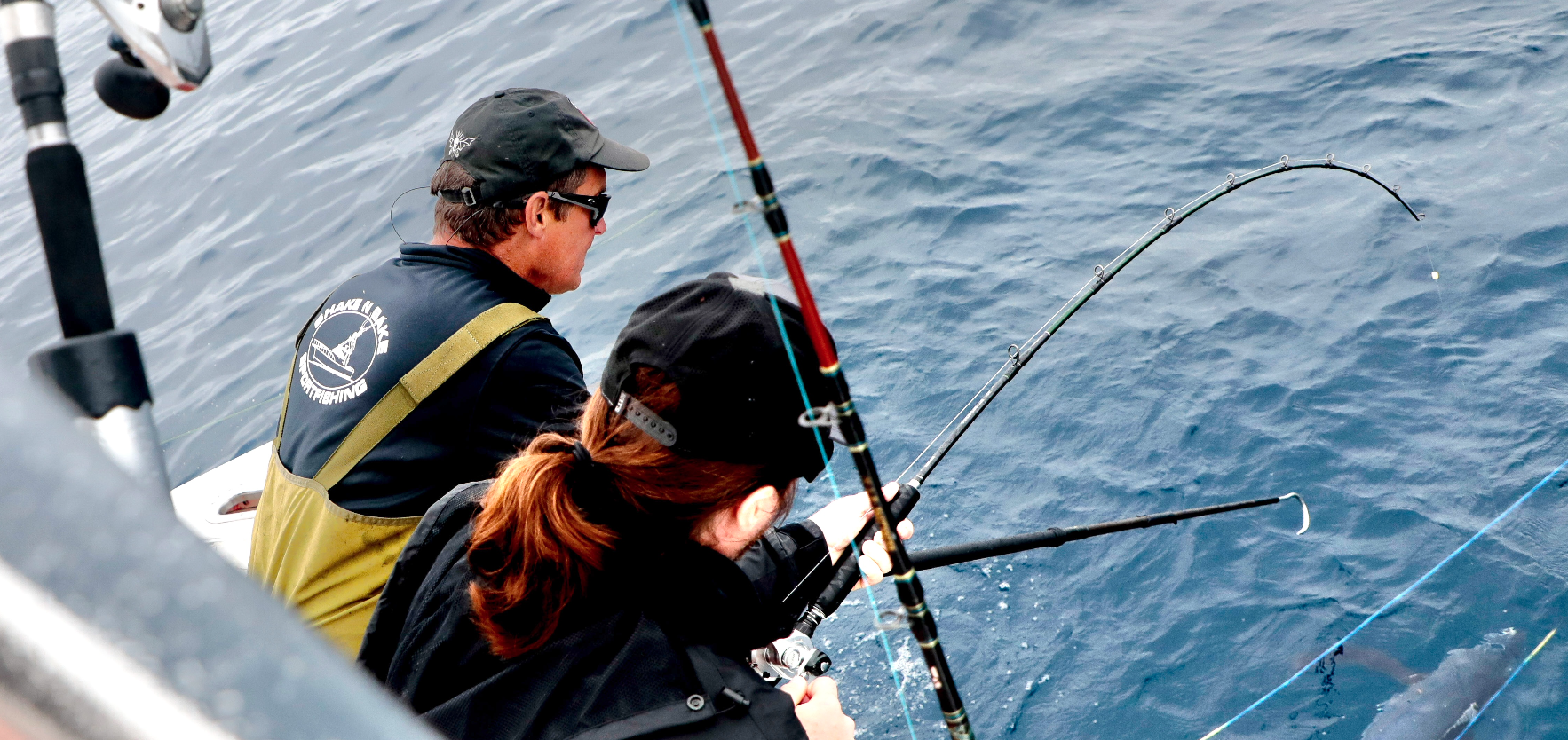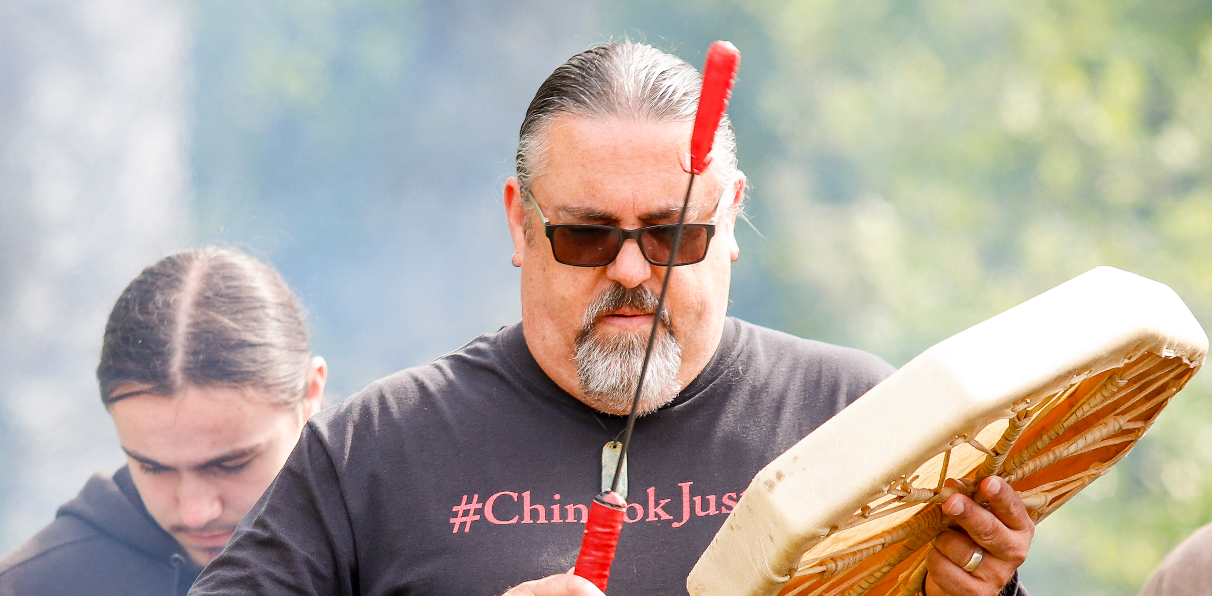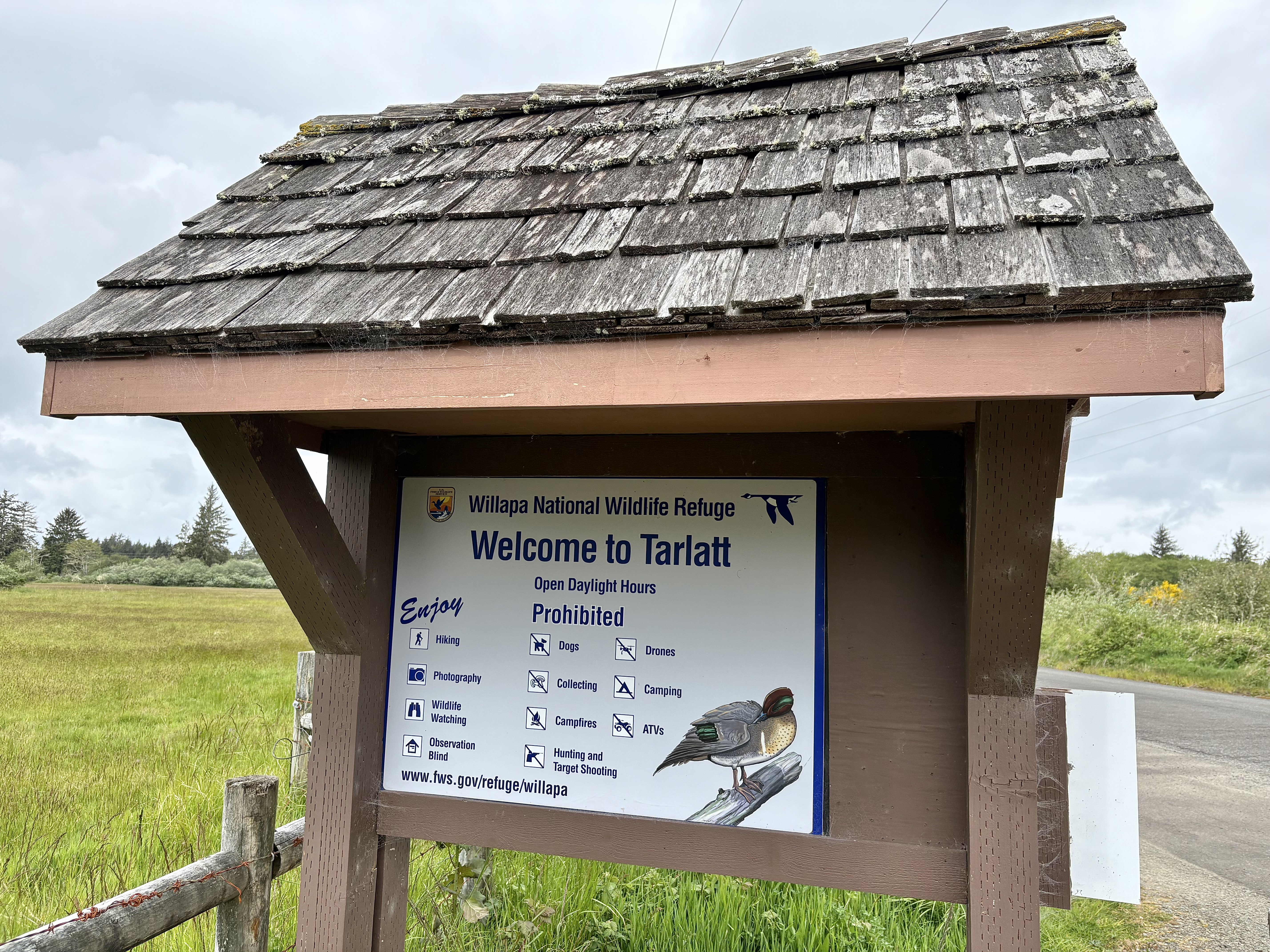Butterfly bush, five other plants being added to noxious week list
Published 3:47 pm Tuesday, May 31, 2016

- Butterfly bush grows very well in Pacific County and other areas of Western Washington — so well, in fact, that the Washington Department of Agriculture plans to add it next week to the list of plants prohibited from being sold or transported in the state.
The Washington Department of Agriculture plans to add six noxious weeds to the list of plants prohibited from being sold or transported in the state.
Trending
All of the plants are non-native and if not quarantined could get a foothold and harm the environment or agriculture or both, according to officials.
At least two of the plants can be found at nurseries, but are getting away from gardeners, said Cindy Cooper, manager of the department’s Plant Services Program.
The state Noxious Weed Control Board recommended four of the plants be put on the quarantine list, while the state Department of Ecology, responsible for controlling invasive aquatic plants, petitioned to have two prohibited.
Trending
The weed control board oversees eradication of noxious weeds, but only WSDA can outright ban plants from the state.
Currently, WSDA has 106 plants on the quarantine list. The state board lists 159 plants as noxious weeds, subjecting them to some level of control.
“It sends a real mixed message to the public,” the weed control board’s executive secretary, Alison Halpern, said. “It would make way more sense to have one list.”
Cooper said WSDA quarantines plants to prevent them from spreading out of control. It’s too late for some noxious weeds, she said.
Halpern also asked WSDA to ban Russian olives, an invasive shrub found along irrigation ditches in Eastern Washington.
Cooper said the plant is already too widespread. “Control would be unachievable,” she said.
WSDA proposes to add:
• Butterfly bush (Buyddleja davidii), expect for sterile cultivars. The plant is an ornamental bush popular with gardeners, but its wind-borne seeds have caused infestations along riverbanks in Clallam and Skamania counties, according to Halpern. The butterfly bush crowds out willows, which are more beneficial to caterpillars, Halpern said.
Oregon placed butterfly bush on its quarantine list several years ago. Since then, the plant has become less common at Washington state nurseries, Cooper said.
• Yellow archangel (Lamiastrum galeobdolon). The ground cover has escaped and blanketed forests in parts of Western Washington. Once established, yellow archangel won’t easily surrender ground, Halpern said. “It’s something that’s hard to kill,” she said.
Although yellow archangel was classified by the state board as a noxious weed in 2007, the plant is still fairly common at nurseries, Cooper said.
• Lesser celandine (Ficaria verna) is a wildflower that resembles a buttercup. It blooms in the early spring, crowding out native flowers. Uncontrolled patches of lesser celandine are becoming more common, especially in Western Washington, according to Halpern.
The state board classified lesser celandine a noxious weed in 2014. It too is still fairly common at nurseries, Cooper said.
• All non-native hawkweed (Hieracium) species and hybrids. There are hundreds of hawkweed species. Some types of non-native hawkweeds already are banned from Washington. WSDA proposes to broaden the ban.
• Senegal tea plant (Gymnocoronis spilanthoides) is an aquatic plant not found in Washington. But it is found in lakes in places with similar climates, according to DOE.
• Australian water clover (Marsilea mutica) is another aquatic plant that has been found in a few Washington lakes and is hard to control, according to DOE.
WSDA will have a public hearing on adding the six plants to the quarantine. The hearing will be 9 a.m. June 9 at the Natural Resources Building, conference room 205, 1111 Washington St. N.E., in Olympia.









